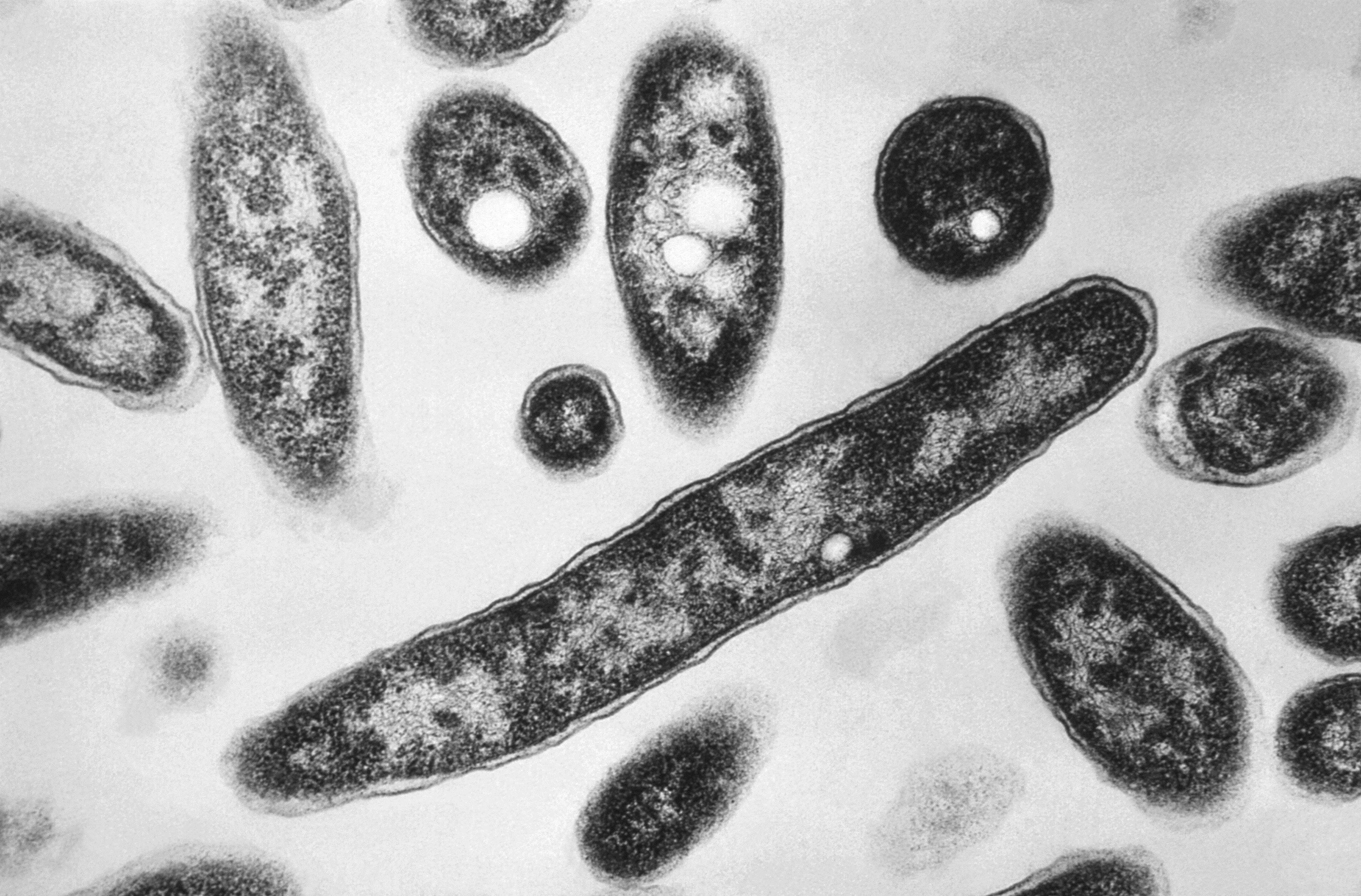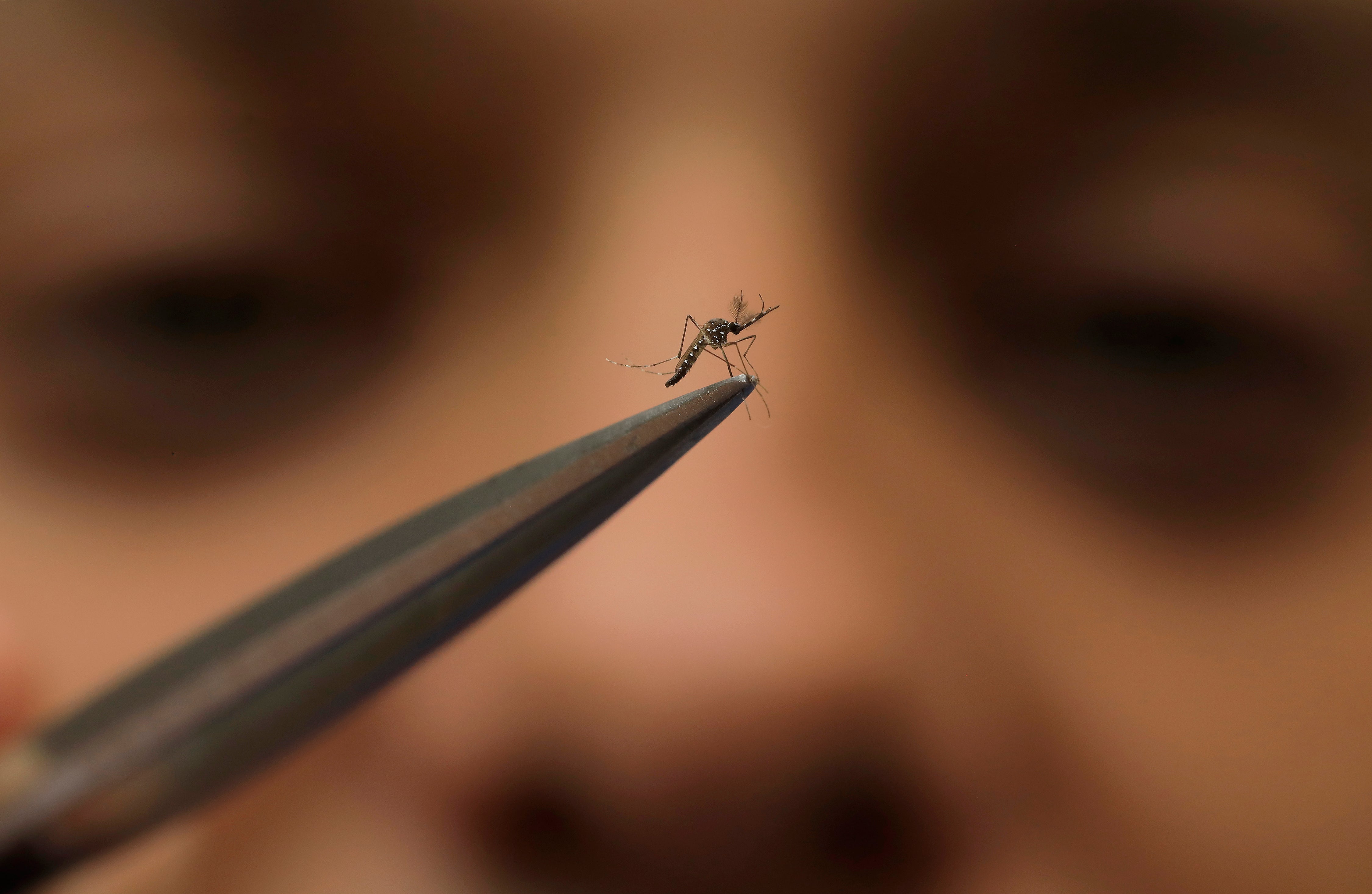Scientists study what eats us after we die in hope to solve future murders
The ‘universal network’ of corpse-eating microbes may one day help solve crimes

Your support helps us to tell the story
From reproductive rights to climate change to Big Tech, The Independent is on the ground when the story is developing. Whether it's investigating the financials of Elon Musk's pro-Trump PAC or producing our latest documentary, 'The A Word', which shines a light on the American women fighting for reproductive rights, we know how important it is to parse out the facts from the messaging.
At such a critical moment in US history, we need reporters on the ground. Your donation allows us to keep sending journalists to speak to both sides of the story.
The Independent is trusted by Americans across the entire political spectrum. And unlike many other quality news outlets, we choose not to lock Americans out of our reporting and analysis with paywalls. We believe quality journalism should be available to everyone, paid for by those who can afford it.
Your support makes all the difference.A study has revealed more about what eats us after we die.
Scientists have highlighted the grim things that happen to the human body after death, with bacterium and insects forming a crack team to help decomposition.
And researchers now believe these microscopic nature helpers could turn the world of forensic science upside down. They also may one day help to solve murders.
America’s Colorado State University (CSU) researchers observed 36 human corpses to understand better how the environment may impact decomposition after death.
Cadavers were placed in different climates, locations and weather seasons with data collected from skin and soil for a 21-day cycle.
They found that, regardless of the environmental variables at play, the same 20-or-so specialist microbes always showed up to do their job “like clockwork”, CSU Associate Professor Jessica Metcalf said.
They were also found on 100% of the corpses observed, which means these mighty microbes may one day act as timestamp markers to establish a person’s time of death.

Dr Metcalf said: “It’s really cool that there are these microbes that always show up to decompose animal remains.
“We see similar microbes arrive at similar times during decomposition, regardless of any number of outdoor variables you can think of.”
Data was extracted from skin and soil samples to create an overall picture of the “microbial community” present at each corpse location.
Dr Metcalf said her team worked to uncover “what microbes are there, how did they get there, how does that change over time, and what are they doing?”
The study also appeared to indicate that the microbes that help with decomposition come from outside the body.
Some schools of thought on flesh decomposition have previously theorised that the bacteria that break down flesh after death are found within our internal organs and get to work after we die.
But now, they could hitch a ride with friends instead.
“It seems like the insects are bringing the microbes in,” Dr Metcalf said.
Join our commenting forum
Join thought-provoking conversations, follow other Independent readers and see their replies
Comments